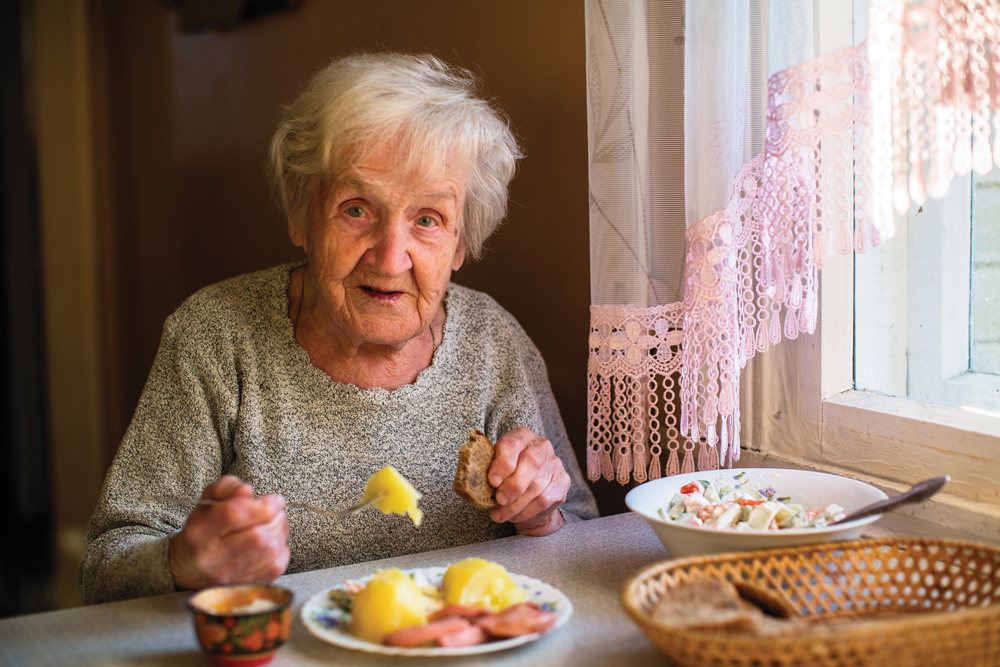
Hunger is an alarming issue that many seniors and older adults in our community face. In fact, the number of seniors who are considered “food insecure” or “low food secure” has risen 222% in the last 20 years.
This lack of access to enough nutritious food is caused by many circumstances, including living on a fixed income, limited retirement savings, rising food and medicine costs, and difficulty accessing food resources like food pantries and meal sites.
Senior and Older Adult Hunger Facts
- Food insecurity among both seniors and older adults remains higher than prior to the Great Recession.
- 1 in 14 seniors age 60 and older was food insecure in 2021. 7.1% of the senior population was food insecure.
- 1 in 11 older adults aged 50 to 59, or 9.4% of the older adults population, were food insecure in 2021.
- Seniors who are food insecure are 65% more likely to be diabetic.
- Seniors and older adults are more likely to suffer from conditions such as congestive heart failure, high blood pressure, asthma, obesity, and gum disease.
- Older adults with food insecurity consume lower levels of key nutrients such as protein, vitamins A and C, magnesium, calcium, and iron. Insufficient nutrition can lead to malnutrition, vitamin deficiencies, and chronic diseases.
- Many seniors and older adults in minority communities live in food deserts, where they don’t have convenient access to full-service grocery stores.
Here are just a few of the ways Second Harvest and our network of food providers are supporting the older adults and seniors facing hunger in southwestern Wisconsin:
- Mobile food pantries
- Health & wellness programs
- Meal sites (at select partner agency sites)
- Home delivery (at select partner agency sites)
To learn more about food insecurity among seniors, review The State of Senior Hunger, a report produced by Feeding America.
